In today’s digital landscape, email remains one of the primary channels for communication. Unfortunately, it’s also a favoured medium for cybercriminals who attempt to trick individuals into downloading malicious files or providing sensitive information. One of the most common and dangerous tactics involves hackers impersonating a legitimate company’s email address to send fake but convincing messages that lure you into opening harmful attachments. Often, these attachments come disguised as harmless files like a screensaver (.scr), but they carry malware that can wreak havoc on your computer.
In this blog, we’ll explore how hackers impersonate companies’ email addresses, the dangers of opening suspicious files like screensavers, and how you can protect yourself from falling victim to these phishing schemes.
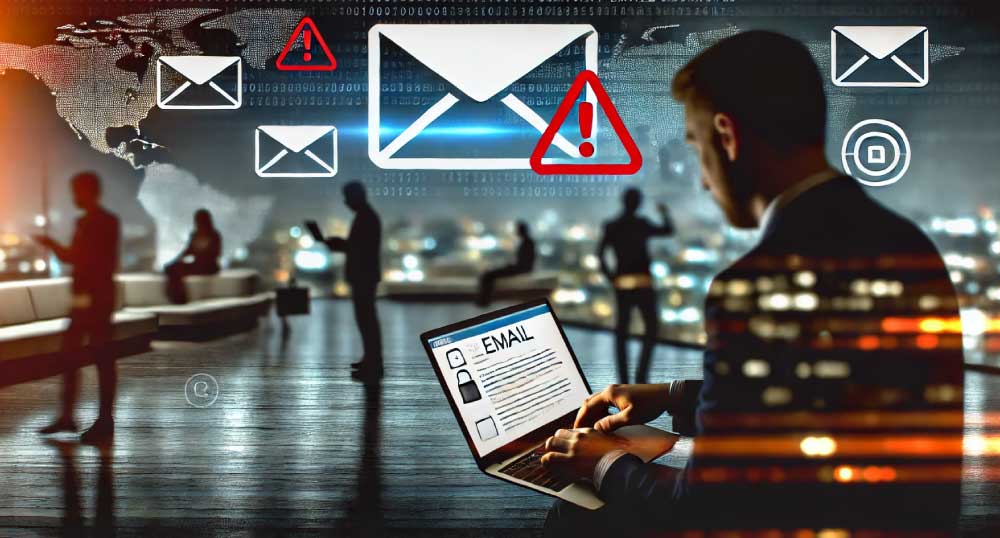
How Hackers Impersonate Company Email Addresses
Hackers employ several techniques to spoof or impersonate legitimate company email addresses, making it difficult for unsuspecting users to identify phishing emails. Here are some common methods:
1. Email Spoofing
Email spoofing involves forging the “From” address to make an email appear as if it’s coming from a trusted source. Hackers manipulate email headers to display a familiar company name, logo, and email address in a way that looks authentic. For example, you may receive an email that appears to be from support@companyname.com, but it’s actually sent from a malicious server. Proofpoint provides an in-depth look at email spoofing techniques and how cybercriminals deceive users.
2. Domain Squatting
Cybercriminals can also register a domain name that looks almost identical to the real company’s domain, often substituting a letter or adding extra characters. For instance, instead of receiving an email from support@company.com, you might get one from support@company.co or support@companyx.com. These minor differences are easy to miss, especially in the context of a busy inbox. ICANN explains the implications of domain squatting and its role in phishing attacks.
3. Compromised Company Accounts
In some cases, hackers may gain access to a legitimate company’s email system through a successful hack or data breach. This enables them to send emails directly from real company addresses, making the phishing attempt even harder to detect.
4. Lookalike Emails
In addition to manipulating email addresses, hackers often replicate the design and branding of legitimate company communications. They may include official-looking logos, fonts, and even contact information, making it harder to discern real from fake. PhishLabs details common phishing techniques and the signs to look out for.
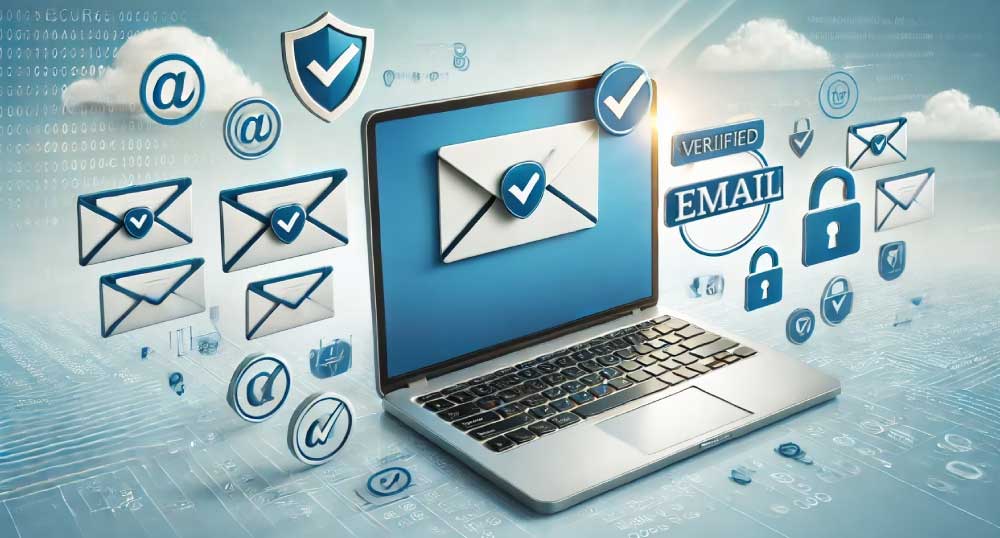
How WebNIC’s Verified Mark Certificates Can Help
A highly effective way to protect against phishing and ensure email authenticity is by using Verified Mark Certificates (VMC). With a VMC, your brand’s logo will appear next to your emails in recipients’ inboxes, allowing them to instantly recognize official emails from your company. WebNIC’s Verified Mark Certificates help boost brand recognition and make it easier for customers to identify and trust your emails, which is crucial for protecting against impersonation attempts.
By using VMCs from WebNIC, companies can provide additional visual verification to email recipients, thereby reducing the chances of falling victim to phishing attacks. This proactive approach not only safeguards your brand but also builds trust and transparency with your customers.
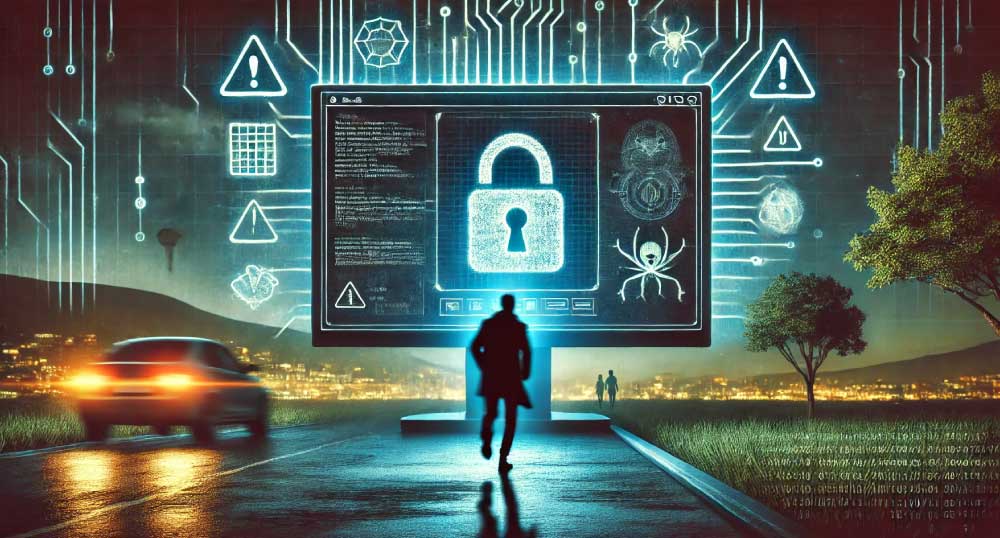
The Malicious Screensaver Trap: What’s Really Happening
One of the more dangerous tricks hackers use is to disguise malware as a seemingly innocuous file—like a screensaver. A typical email might ask you to open an attached file named something like “New-Employee-Screensaver.scr” or “Holiday-Company-Screensaver.scr.” However, this file is not a fun screensaver for your computer. It’s malware in disguise.
Hackers may also change the icon of the malicious file to look like a PDF to further deceive users. They often use long file names, which makes it difficult to notice the true extension, such as `.scr`. For example, you might see:
Invoice_Document_2024-10-05_PDF.pdf
At first glance, it looks like a regular PDF document, but the full name is:
“Invoice_Document_2024-10-05_PDF.pdf.scr”
The long file name pushes the `.scr` extension out of view, and the fake PDF icon tricks you into believing it’s a safe attachment. Once clicked, the file executes malicious code, leading to potential infection.
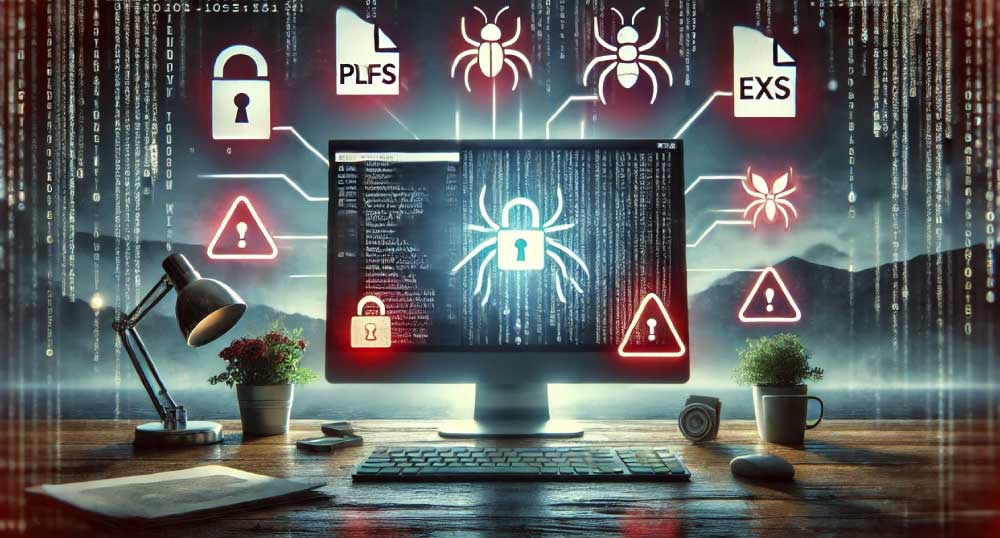
Here’s What Happens When You Open These Files:
1. Infection with Malware
The .scr file extension is primarily used for screensavers on Windows, but it’s also executable, meaning it can run code just like an .exe file. Hackers leverage this to inject malware into your system when you open the file. Once installed, the malware can perform a wide range of harmful actions, from stealing your data to hijacking your machine for other attacks.
2. Credential Theft
Some malware is designed to silently capture sensitive information from your computer. This could include passwords, bank account details, or even access to corporate systems if you’re using a work device. Keyloggers and spyware are common tools used for this purpose.
3. Ransomware
In more severe cases, opening a malicious .scr file may trigger ransomware, a type of malware that locks down your files or your entire system until you pay a ransom to the attacker. Even if you pay, there’s no guarantee the hacker will release your data.
4. Spreading the Attack
Once a hacker compromises your system, they may use your email account to send out more phishing emails, spreading the attack to your contacts. This can escalate quickly, as more people fall victim to the same trap.
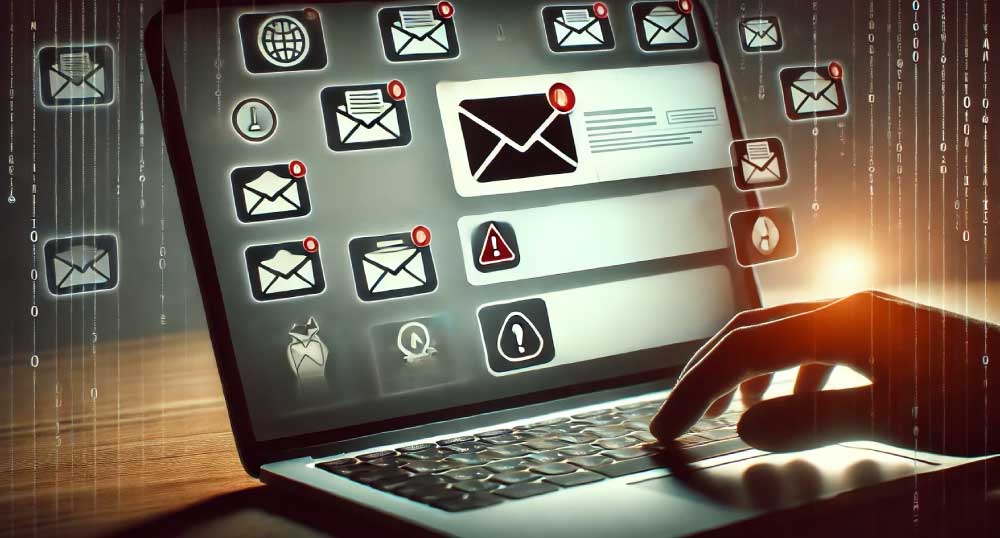
How to Spot a Phishing Email
While phishing emails have become more sophisticated, there are still signs you can look for to avoid falling into these traps:
1. Check the Sender’s Email Address
Always look closely at the sender’s email address for small discrepancies, such as misspellings or extra characters. If something looks off, don’t open any attachments or click on any links.
2. Hover Over Links
Before clicking on any links in an email, hover over them to see where they will actually take you. If the URL looks suspicious or doesn’t match the official website of the company, don’t click.
3. Unexpected Attachments
Be cautious of unsolicited emails containing attachments, especially if you weren’t expecting to receive one. Legitimate companies rarely send attachments without context or prior notice. A random screensaver file should raise red flags immediately.
4. Urgency or Threats
Many phishing emails create a sense of urgency to make you act quickly, such as claiming your account will be deactivated unless you download the attachment or reset your password. This is a classic sign of a phishing attempt.
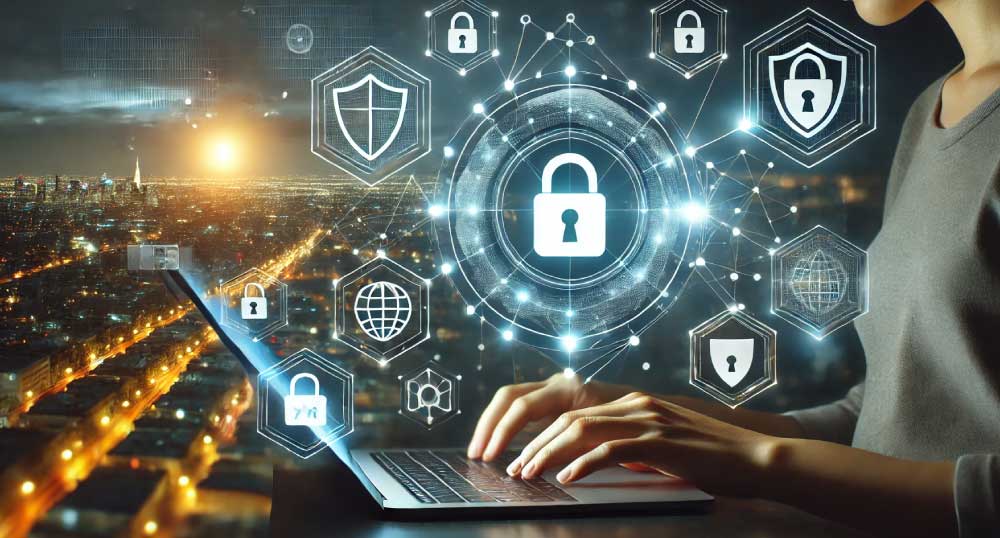
How to Protect Yourself
To avoid falling victim to phishing scams and malware, consider these best practices:
1. Enable Email Filters
Most email providers offer built-in spam filters that automatically block or flag suspicious emails. Make sure this feature is enabled and regularly updated to catch the latest threats.
2. Use Antivirus Software
Always have up-to-date antivirus software running on your computer. Good antivirus programs can detect and prevent malware from executing, even if you accidentally download a malicious file.
3. Always Show File Extensions
By default, many operating systems hide known file extensions, which can make it difficult to spot disguised files. Enable file extension visibility on your system. In Windows, you can do this by going to File Explorer > View > Options > View tab and unchecking “Hide extensions for known file types.”
4. Don’t Open Suspicious Attachments
If you receive an unexpected email with an attachment, especially one with an .scr or .exe file extension, don’t open it. Instead, contact the company directly to confirm whether the email is legitimate.
5. Two-Factor Authentication (2FA)
Enabling two-factor authentication on your email and other sensitive accounts adds an extra layer of security. Even if a hacker gains access to your login credentials, they won’t be able to access your account without the second factor, usually a code sent to your phone.
6. Report Phishing Emails
Most email providers allow you to report phishing attempts. If you receive a suspicious email, report it so others can be protected from the same attack.
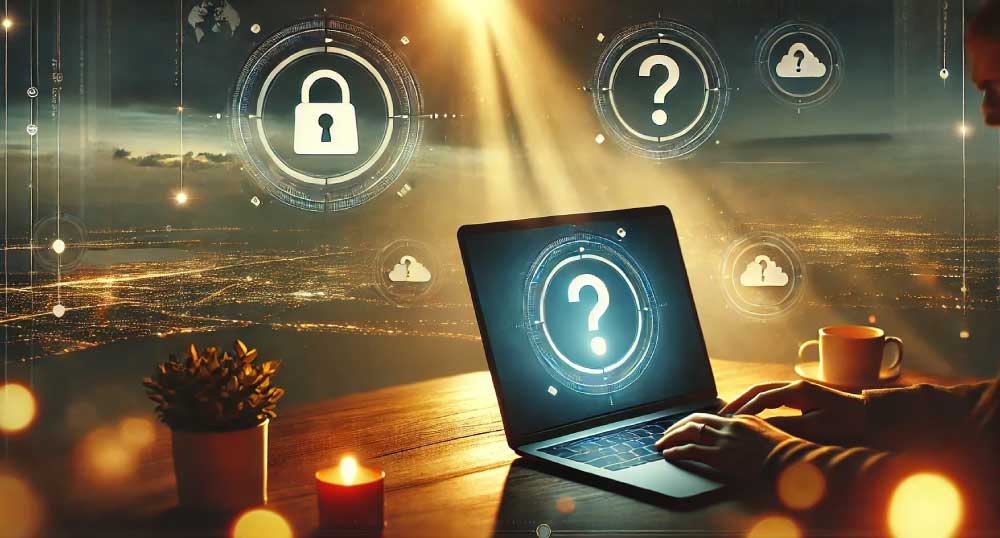
Conclusion
Hackers are becoming increasingly creative in their efforts to exploit the trust users place in company email communications. Impersonating legitimate companies and tricking users into opening malicious files like screensavers is just one of the many tactics they employ. By changing the icon to look like a common file type, such as a PDF, and hiding the true file extension, they can deceive even the most cautious users.
Staying vigilant, learning to recognize phishing attempts, and adopting best practices for email security can go a long way in keeping your personal and company data safe.
Remember, if something doesn’t look right, it probably isn’t. Always double-check before you click!
The post How Hackers Trick You with Fake Company Emails and Malicious Files appeared first on WebNIC.